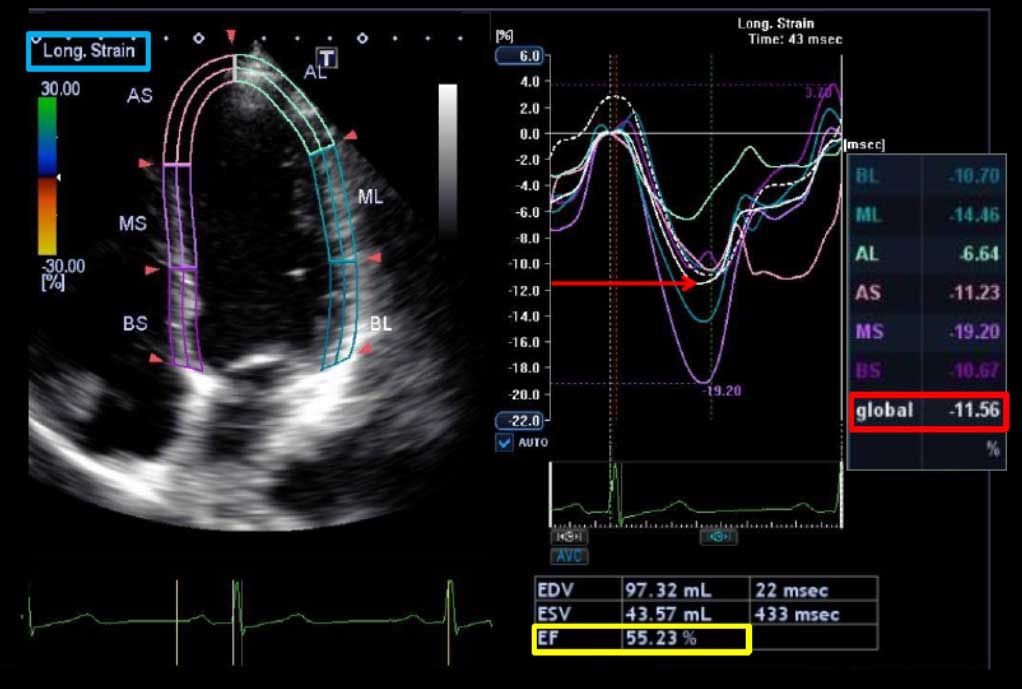What is new about premature atrial contractions?
Premature atrial contractions (PACs) occur in the majority of people aged over 50, and their frequency is independently associated with a number of risk factors. PACs are very common and we normally say they are benign and tell the patient not to worry about them. This message should not change. It has been known that frequent PACs increase risk of atrial fibrillation (AF) and stroke. PACs play an important role of atrial electrical activity in atrial fibrillation initiation and maintenance.
Conen et al performed a cross-sectional analysis among participants of the population-based Swiss cohort study to assess PAC prevalence and frequency. 24-hour Holter electrocardiograms were performed in a random sample of 1742 participants aged 50 years and older.
They found that 99% of people over the age of 50 had at least one PAC on 24-hour Holter monitoring.
Not surprisingly, age was one of the strongest risk factors. PAC frequency was significantly associated with age and with history of prior cardiovascular disease.
There was also a significant association between increased frequency of PACs and height. It has been known that taller people have a higher risk of atrial fibrillation; no one knows why but probably because they have a taller atrium.
Of note, hypertension and body-mass index were not significantly related to PAC frequency. This was surprising, because high blood pressure and obesity are two of the strongest risk factors for atrial fibrillation occurrence. The authors speculated that these two risk factors (high blood pressure and obesity) are exerting their effects via morphological means, but they don’t have a lot of influence on the electrical part of atrial fibrillation.
Physical activity—two hours or more per day and HDL cholesterol were inversely associated with PAC frequency.
The authors could not determine a threshold of PACs above which risk of AF is greater, but they speculated that those having more than 100 PACs in a 24-hour period would be at greater risk to develop atrial fibrillation than those having one to two per day.
While this study may not have immediate clinical implications, these findings may suggest differential risk factors for structural and electrical remodeling in the pathogenesis of atrial fibrillation.
Source: Conen D, Adam M, Roche F, et al. Premature atrial contractions in the general population: Frequency and risk factors. Circulation 2012.


